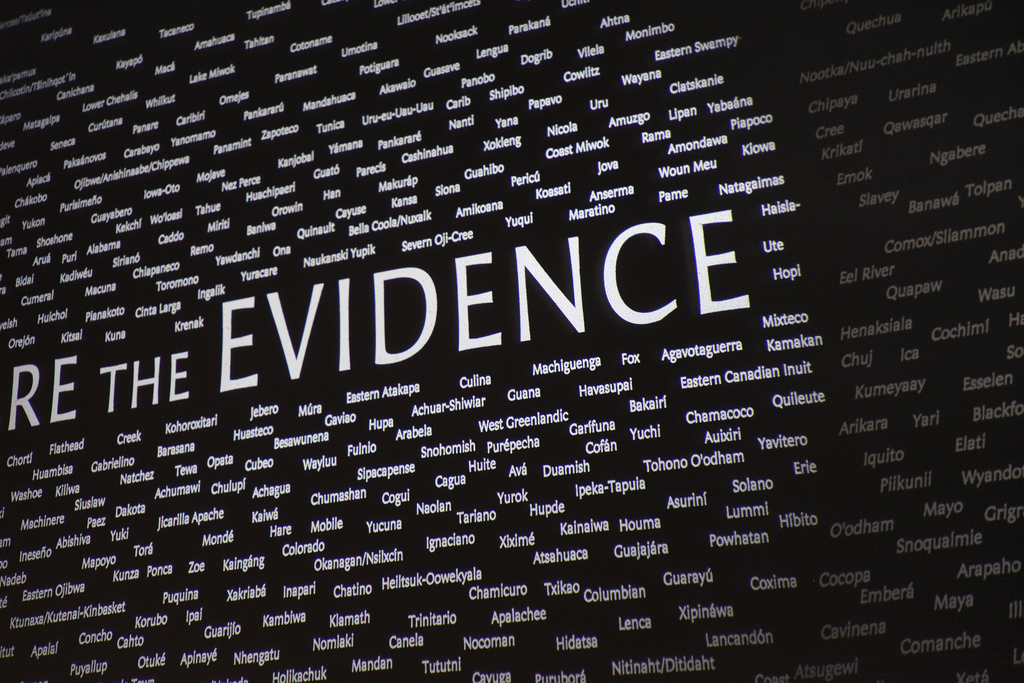The rule is broken down into three sections. Jean must pass all three sections in order to defer imaging. Per the rule, Jean has paresthesias in the upper extremity that are worse since the fall, tenderness at mid c-spine, and possible dangerous mechanism; therefore, you would refer the patient for radiography of the c-spine.
Precautions for Implementation
The c-spine rule has gone through several steps of research validation, but it has been studied exclusively in the emergency department. Therefore, applying this rule in an outpatient setting may be considered outside of the rule’s validated use. Mindful application of this clinical prediction rule can still inform clinical decision making.
Expanding Your Toolkit
The Canadian C-spine Rule provides some additional insight and aids your clinical decision making. It’s quick, easy, and improves patient safety for radiography referrals.3,4 Add it to your references and use it when you get a case like Jean.
References
Stiell, Ian G., et al. “The Canadian C-spine rule for radiography in alert and stable trauma patients.” Jama 286.15 (2001): 1841-1848.
Stiell, Ian G., et al. “The Canadian C-spine rule versus the NEXUS low-risk criteria in patients with trauma.” New England Journal of Medicine 349.26 (2003): 2510-2518.
Bandiera, Glen, et al. “The Canadian C-spine rule performs better than unstructured physician judgment.” Annals of emergency medicine 42.3 (2003): 395-402. http://dx.doi.org/10.1016/S0196-0644(03)00422-0
Stiell, Ian G., et al. “Multicenter prospective validation of the Canadian C-Spine Rule.” Academic Emergency Medicine 9.5 (2002): 359.
** This information is not intended to replace the advice of a physician/ physical therapist. Andy Parsons, PT, DPT disclaims any liability for the decisions you make based on this information.






